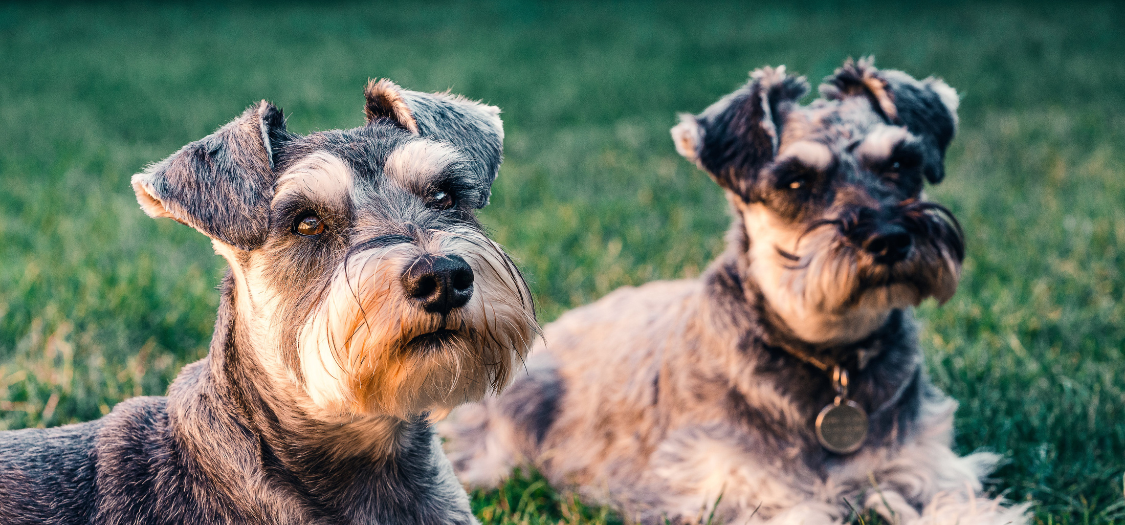Here are 15 Top Tips to give your dog the best care with IVDD:
-
If you suspect dog IVDD - Call your vet and make an urgent appointment
-
Restrict activity - Crate rest or restrict your dog to one room if you don’t have a crate, until you’ve had a diagnosis. Toilet breaks of 5 minutes only, on a short lead. There shouldn’t be any going up and down stairs, jumping on or off the sofa, playing with children, or other dogs. This is all to prevent exacerbating the condition and to let inflammation subside. With both conservative management (less severe IVDD), or pre- and post-surgery care for more severe IVDD in dogs, restricted activity is an essential component of recovery.
-
Get informed - The IVDD Handbook is highly recommended, with step-by-step instructions of how to manage Intervertebral Disc Disease in dogs.
-
Get a rehabilitation plan from a veterinary physiotherapist - Physiotherapy is vital for recovery. If your dog has had IVDD surgery, poor levels of function before the operation mean that physiotherapy will be absolutely essential. Hydrotherapy, as part of this, can keep muscles active and rebuild strength and stamina. Ask your vet if a dog back brace will help your dog’s recovery process.
-
Keep your dog comfortable - A comfortable orthopaedic bed can make a big difference to recovery and also help avoid pressure sores.
-
Make sure your dog won’t slip or fall down - Slippery, uncarpeted, or wooden floors can exacerbate dog spine problems, as your dog will struggle to get enough purchase to stand, or when walking may find their back legs splay out. Either use non-slip socks or put down non-slip mats (old yoga or exercise mats work), rugs, or carpets.
-
Consider a rear lift harness - Lift and support your dog’s hindquarters when going for toilet breaks. Marianne Dorn cautions against letting your dog learn to drag himself around if he’s lost rear leg function. She says it’s a habit that can be hard to break, even once your dog’s recovered mobility. Rear lift harnesses can avoid this becoming an issue.
-
Elevated food and water bowls - These reduce pressure on the neck.
-
Canine Massage Therapy - Massage increases circulation, relieves muscle tension, pain relief and can promote healing. A study by Winchester University showed a decrease in pain in 95% of dogs treated by clinical canine massage.
-
Minimise Stress - Like humans, dogs need calm to heal. Make sure their environment is peaceful and pleasant for them, so they’re not dealing with any additional stressors to their health. If you think boredom might be an issue, choose a hard-wearing chewable toy or food-dispensing toy (eg kong, maze feeder, lickimats or snuffle mats, and puzzle feeders). Routine is important - if a recuperating dog knows when to expect meals, toilet breaks, time with you, and rest time, they will be able to relax.
-
CBD - If your dog is having a difficult time with the recovery process, ask your vet if CBD will help them relax and be more able to cope with the restrictions they’re enduring as they recover from IVDD surgery.
-
Use a lead with a harness rather than a collar - When your dog’s recovering from IVDD or IVDD surgery, using a lead with a harness means that where the lead attaches is closer to your dog’s centre of gravity. A harness also means that a dog’s body weight is distributed more evenly along the spine, which is important during the recuperation period.
-
Lift your dog - NEVER pull your dog towards you - If you’re taking your IVDD dog out of their crate, lift them gently out of the crate. NEVER pull them towards you. Support their chest and hind end at the same time as you’re lifting them. Lift them evenly, keeping their spine in alignment (not twisted or rotated). Put them back down on the ground gently on their feet, when placing them back on the floor.
-
Look after yourself - Caring for a dog with IVDD can be stressful, upsetting, and draining. Make sure that you’re looking after yourself too, so that you have enough energy for the process. Being able to interact with your dog while in a positive and upbeat mood, and remaining patient even when progress seems slow, will make a huge difference to you both
-
Supplements - Although supplements won’t cure IVDD, they can support and benefit your dog’s joint health. Consider supplements such as:
- Omega-3 fatty acids (anti-inflammatory)
- Glucosamine (which supports the production of glycosaminoglycans - essential components of cartilage - and helps maintain healthy synovial fluid)
Further reading
Read more about IVDD Causes, Prevention, Early Signs of IVDD in Dogs, and Help at Home: https://zoomadog.co.uk/collections/dog-ivdd-or-intervertebral-disc-disease
Read further about Non-Surgical and Conservative Management IVDD treatments here: https://zoomadog.co.uk/collections/conservative-management-ivdd
Find the best dog Back Braces here https://zoomadog.co.uk/collections/dog-back-brace


Leave a comment